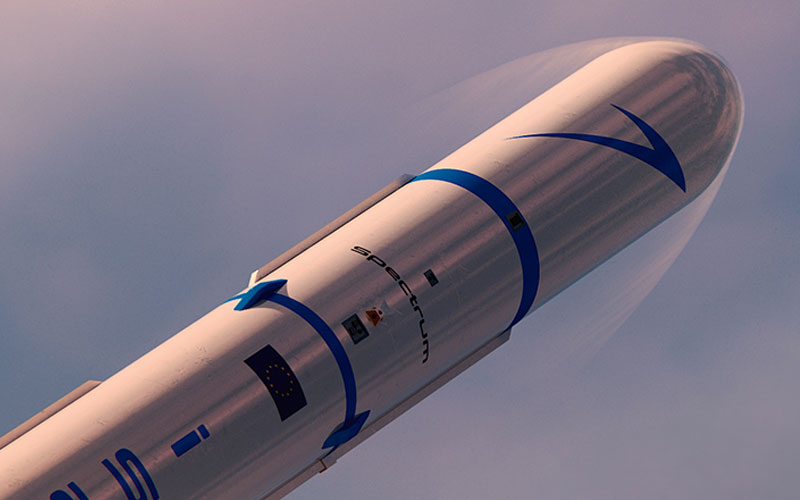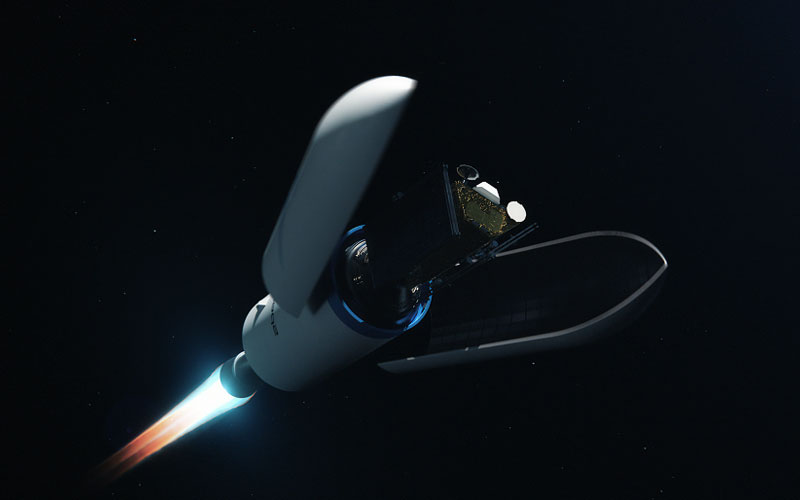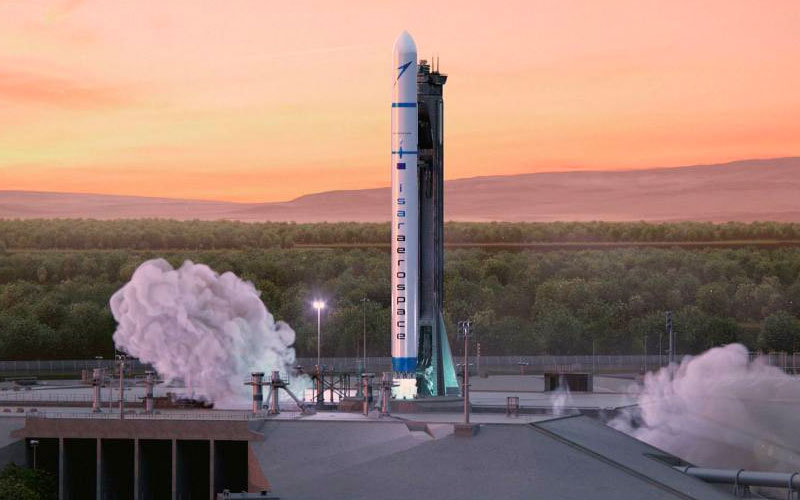
Isar Aerospace was founded in March 2018 by Daniel Metzler (current CEO), Markus Brandl, and Josef Peter Fleischmann. As of 2022, the company employs approximately 300 people and has offices, manufacturing sites, and test facilities in Germany, France, Norway, Sweden, and the US.
The funding
The company has been extremely successful with its funding efforts having raised over €180 million, more than any other European launch startup. The size of the company’s seed round was undisclosed but included investments from Vito Ventures, UVC Partners, and Bulent Altan. This was followed by a $17 million Series A which the company closed in December 2019 and included investments from Earlybird Venture Capital, Airbus Ventures, Apeiron, and existing investors.
The startup’s largest funding round followed with Isar raising a $91 million Series B which closed in December 2020 and included investments from Lakestar, Vsquared Ventures, HV Capital, and existing investors. The most recent funding round saw the company close a $75 million second Series B in July 2021 that added Lombard Odier and Porsche SE to its list of investors.
According to Isar, it is currently “well financed’ to continue the development Spectrum.
The financials
This section was provided by Capitol Momentum, a research, data analysis, and market intelligence firm specializing in the German NewSpace market.
As per its financial statement in 2020, Isar Aerospace has raised about €131.5m in equity from its Series B round in 2020 (incl. the extended round in June 2021) as well as nearly €2m in debt. The net working capital increased 915% to €72m from 2019 and provides the startup with the flexibility to spend on progressing in its product development.
The significant funding and liquidity situation leaves Isar Aerospace with a potential competitive advantage over its German competitors RFA and HyImpulse simply due to the ability to invest more capital. Based on its financials, we estimate the launch startup’s gross burn rate at about €620k per month in 2020, an increase of 57% from 2019.
The vehicle

Spectrum is a two-stage launch vehicle capable of deploying 1,000 kg payloads into low Earth orbit. The vehicle’s primary structure is constructed out of lightweight carbon composite, a decision the company says was made to allow production to be easily scaled up with the use of its automated production process. Spectrum stands at 28 metres tall with a diameter of 2 metres.
The first and second stages of the rocket are both powered by the company’s LOX/Liquid Propane Aquila engines. The first stage utilises nine Aquila SL engines, each producing 75 kN of thrust. The second stage makes use of one Aquila VAC engine producing 94 kN of thrust.
The vehicle’s standard fairing will be approximately 6 metres tall with a usable volume of 13m3. No word yet on whether Isar will offer other fairing variants.
A maiden flight of Spectrum is currently scheduled for 2023. Once in operation, flights aboard the vehicle will start at around €10,000/kg to low Earth orbit.
The launch sites
Isar signed its first launch pad agreement with Andøya Space in April 2021. The agreement gave the German launch startup exclusive access to a launch pad at the Norwegian launch facility for up to 20 years.
Despite its relatively unknown profile, Andøya Space has a storied history. The facility was founded in the 1960s and has hosted over 1,000 suborbital launches. In 2018, the Andøya Spaceport initiative was established to develop an orbital launch facility which is currently under construction.
In July, Isar, along with six other European launch startups, was preselected by CNES to launch from a new commercial launch facility at the historic Guiana Space Centre in French Guiana. In a statement at the time, Isar COO Josef Fleischmann stated that the addition of Kourou would extend the company’s “global network of critical infrastructure.”
According to Isar, this pair of launch facilities will allow the company to offer a great deal of flexibility to its customers.
“We are convinced that the combination of our secured launch pads in Andøya, Norway, and Kourou, French Guiana, will provide an ideal and flexible combination of orbit inclinations,” Isar told European Spaceflight.
The contracts
Despite not having launched a single Spectrum mission to date, Isar has already managed to amass a healthy launch manifest.
- The company signed its first launch contract with Airbus in April 2021 to launch an as-yet unconfirmed Earth observation satellite. Considering the Earth observation constellations that Airbus is currently working on, it’s likely either a Pléiades Neo or Composante Optique 3D satellite, the latter of which is a joint undertaking between Airbus and CNES.
- Also in April 2021, Isar was announced as the winner of the first round of the DLR Microlauncher Competition. With the €11 million in prize money came the stipulation that Isar would be required to carry 150 kg of institutional payloads free of charge aboard a pair of Spectrum missions.
- German Earth observation startup OroraTech signed a multi-launch contract with Isar in September 2021 to launch ten of the company’s wildfire monitoring satellites. The missions will take place between 2022 and 2026 with the satellites being deployed into Sun-synchronous orbit. The contract also included an option for further launches to carry additional satellites for the OroraTech constellation to orbit.
- In October 2021, EnduroSat signed a multi-launch rideshare contract with Isar to carry several of the company’s software-defined nanosats to orbit between 2022 and 2025.
- Closing out the year, Swiss IoT startup Astrocast signed an agreement with Isar in December to launch one of the company’s nanosats aboard a rideshare mission in 2024. The contract also has an option for additional launches.
- In June, Italy’s D-Orbit signed a launch services deal with Isar to carry its ION space tug to Sun-synchronous orbit in 2023.
What’s next?

Isar is currently in the process of producing its maiden flight vehicle, while at the same time qualifying all systems of the rocket. According to Isar, the company is currently “focused on validating system designs through testing and where necessary doing final design tweaks.”
The German launch startup is also preparing to begin engine testing at its facility at the Esrange Space Center in Sweden.
“We are working with full force towards our maiden flight. Seeing first flight hardware in production now underlines our progress as a completely vertically integrated company,” Daniel Metzler told European Spaceflight. “Where others tried shortcuts at the price of dependencies through buy-decisions, we designed, built, and tested everything ourselves to be fully independent, something that is extremely valuable as geopolitics and global supply chains tense up.”
In addition to its work on developing and manufacturing Spectrum, Isar is also searching for a new home. The company is currently examining various options for a new, larger location in the Munich area. According to Isar, a final decision on the company’s new headquarters will be made as soon as they receive the necessary information from all stakeholders.





Sounds all wax no wick. Some manufacturing and engine progress, technical updates with proper jargon and more real photographs (esp. of the engine) would be nice from Isar.
I don’t disagree with you. It has been extremely difficult to get any concrete info from them. We should get an engine test soon, though. That should bring a little bit more technical info regarding their progress.